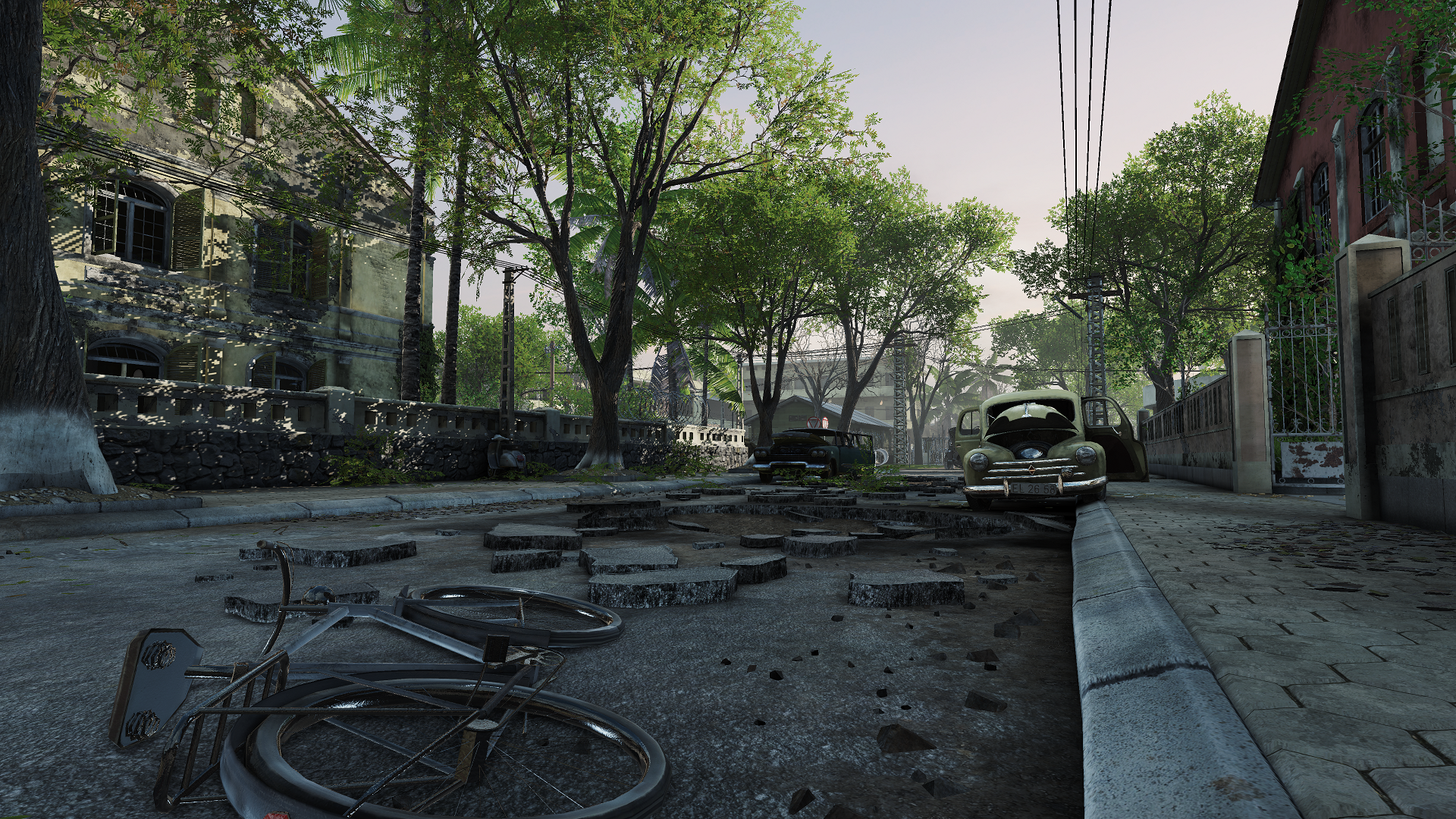

The bulk of any match is going to be spent laying down suppressive fire, calling out enemy locations, and edging into good positions. I love those brief acts of individual heroism, though they are a small part of the team-focused roleplay. The most fun I have is when battlefield intelligence and my own intuition align to give me clear view of an enemy lane, where I can singlehandedly suppress an assault with bursts of fire and save a flank while I reroute my team to come help. When I load into the game fast enough to claim one of the limited specialty classes, I prefer machinegunner. Individual power is muted on the attack, where simply getting your body on the point is the most important task, but as a defender there’s more time to seek out a dominant position. The most exciting moments of Rising Storm 2 are when you wiggle your way into a blind spot, and I prefer playing defense for this reason. It’s a hunt for clarity amid chaos-knowing where to aim is the first step in aiming. I love the moments where I've gotten turned around, and accidentally found myself behind the enemy's advance. The angles are more erratic, and the frontline less fixed. Cover is scattered about in the form of concrete half-walls, crumbling buildings, crawl spaces, jungle foliage and the crispy remains of tanks. Rising Storm 2’s maps are more naturalistic than Battlefield maps.

On an individual level, it’s about performing unlikely feats of marksmanship despite a hundred sounds and two million jungle pixels distracting you from the little clump of color that counts: a helmet in the distance, just peeking over a rock. Where the Battlefield games provide military playgrounds with activities for everyone, Rising Storm 2 generates military anarchy that must be coaxed toward victory by able commanders and squad leaders. The latest from Tripwire and Antimatter Games is a lateral move: the same 64-player, tactics heavy battles of the World War II-based Red Orchestra series, now in Vietnam, with assault rifles and helicopters and tunnels.


 0 kommentar(er)
0 kommentar(er)
